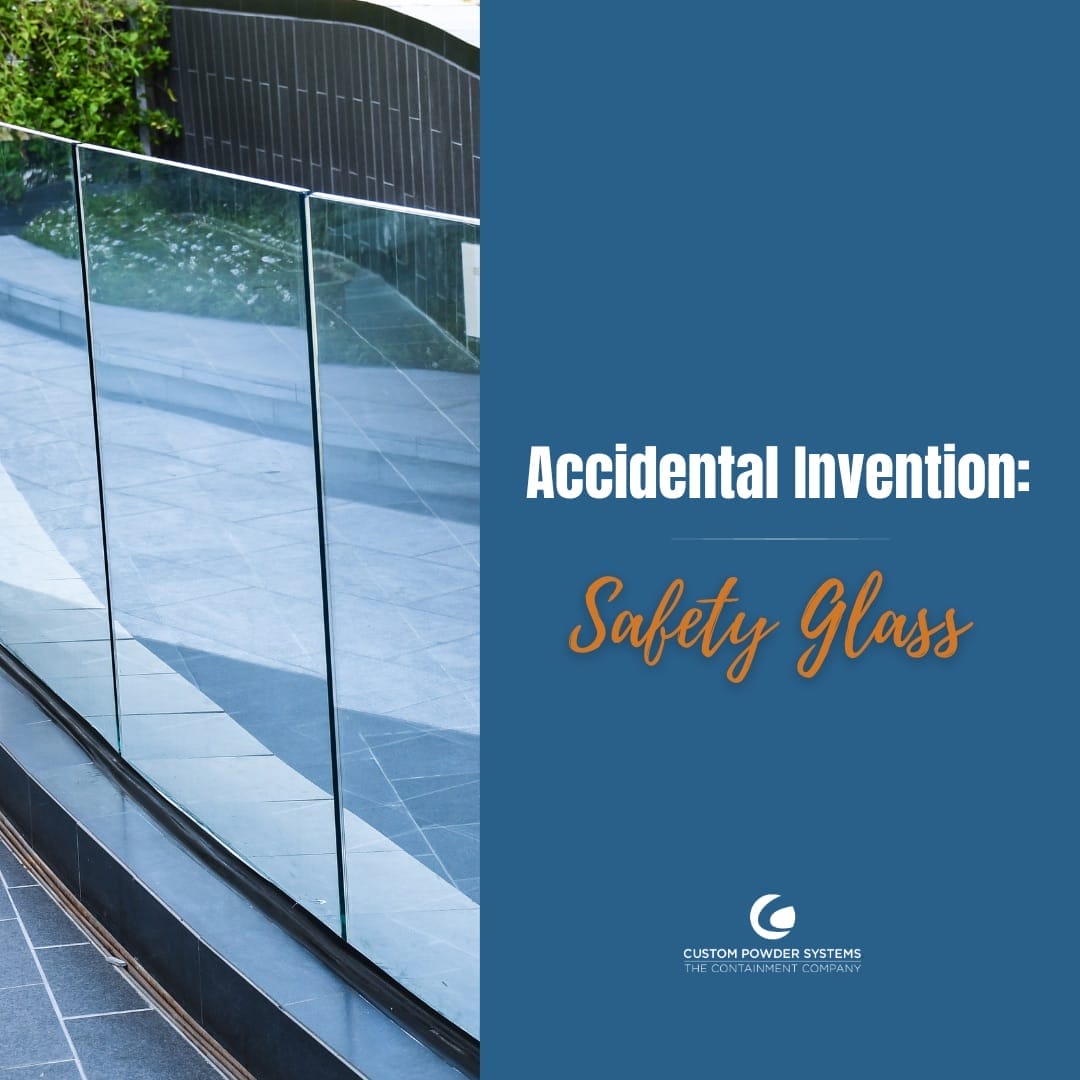While often associated with high-stakes industries like defense and aerospace, Kevlar has been used in a variety of products, including tires, gloves, sports equipment, and more. The fibrous material that began as an unexpected discovery in a laboratory has gone on to save lives, transform industries, and inspire engineers around the world.
Kevlar, a super-strong synthetic fiber, is a key component in everything from bulletproof vests to racing sails. Kevlar’s durability and versatility make it a go-to material for improving product performance and safety. The story of Kevlar is a compelling blend of scientific curiosity, accidental discovery, and valuable innovation.
An Unexpected Solution
In the mid-20th century, chemist Stephanie Kwolek was employed by the DuPont Company to work on projects involving polymers and low-temperature condensation processes. At one point, she was tasked with finding a new variety of lightweight, durable, and heat-resistant fibers to replace existing steel wires in car tires. During her research, she worked with synthetic polymers (or polyamides), dissolving them in solvents and then running the solution through a machine that would spin it into fiber.
One day in 1965, during her experimentation, Stephanie got an unexpected result. Instead of the typical thick, transparent polymer solutions she had grown accustomed to, this new solution was cloudy and watery. She then spun the mysterious substance and consequently created one of the strongest fibers the world had ever seen.
A Fiber of Many Uses
Following the discovery of Poly(p-Phenylene) Terephthalamide and its valuable traits, DuPont began commercially producing the product under the name Kevlar. While it became a component in radial tires as originally intended, the material also found its way into numerous other applications. Due to the fibers’ impressive toughness (up to five times stronger per weight than steel), durability, and heat-resistant qualities, Kevlar proved useful in other industries, such as defense, aviation, and construction.
Today, one of Kevlar’s most common applications is in protective gear. With its incredible tensile strength, heat tolerance, and resistance to penetration, it has been used to make bulletproof vests, work gloves, and firefighter suits. Kevlar’s remarkable qualities are also used in racecar tires & brake pads, parts for aircrafts, spacecrafts, and boats, and sports equipment like medicine balls, mountaineering ropes, and tennis racquets.
Weaving the Future
Over the years, scientists and engineers have pushed the boundaries of Kevlar’s capabilities. Different formulations and treatments have been developed to enhance its resistance to chemicals, flames, and abrasion, making it suitable for an even wider range of applications. DuPont continues its commitment to invest in constant quality improvements.
As we look to the future, Kevlar’s potential seems limitless. Researchers are exploring ways to integrate the fibers into wearable technology, medical devices, and even lithium-sulfur batteries.
Kevlar’s journey from a serendipitous laboratory discovery to a global engineering staple is nothing short of remarkable. With ongoing research and development, the future of Kevlar holds promise for even more groundbreaking applications thanks to its impressive durability and versatility.
If you enjoyed this accidental invention story, you may be interested in reading about Safety Glass, Super Glue, and Silly Putty.
To learn more about Custom Powder Systems and the art of engineering, sign up for our newsletter.




